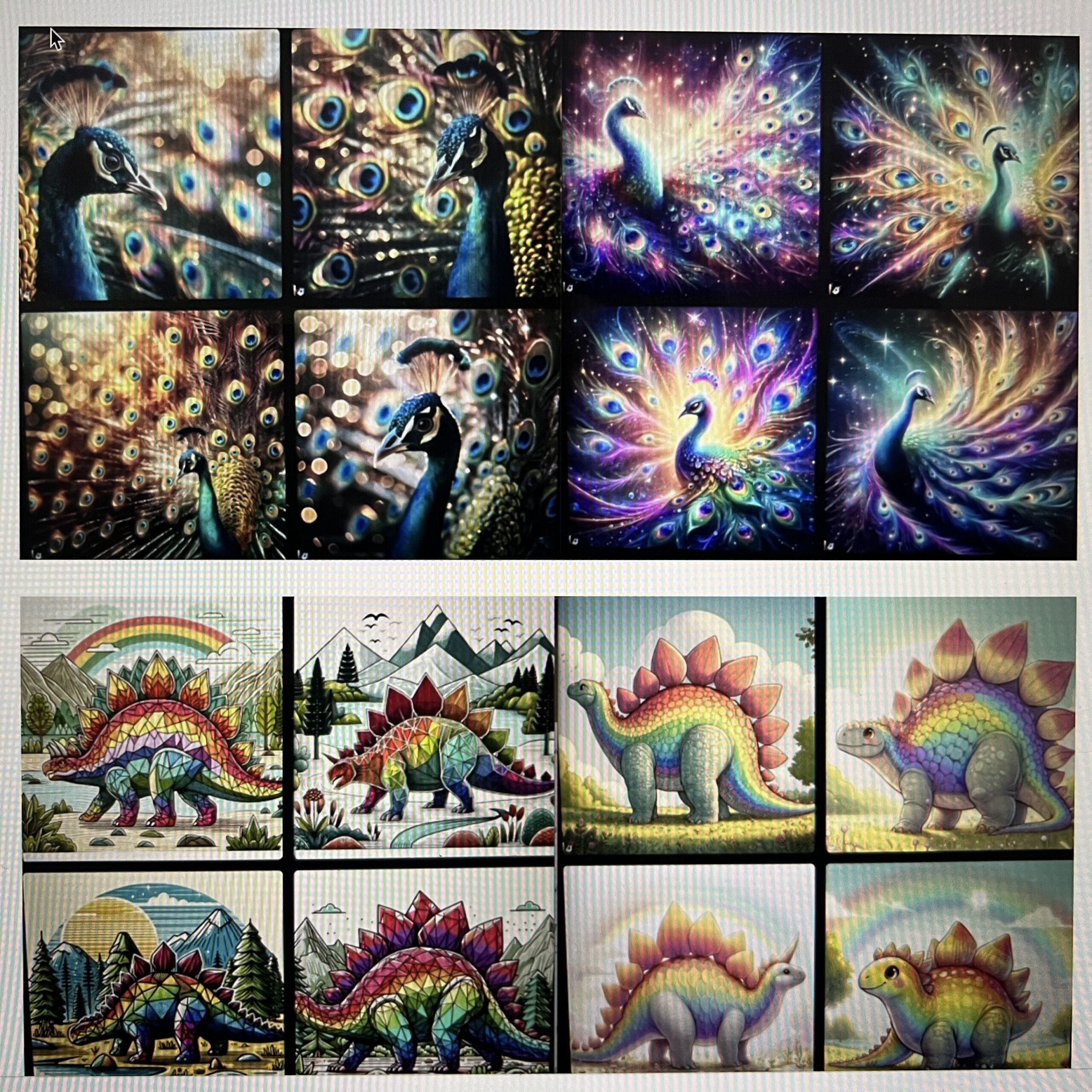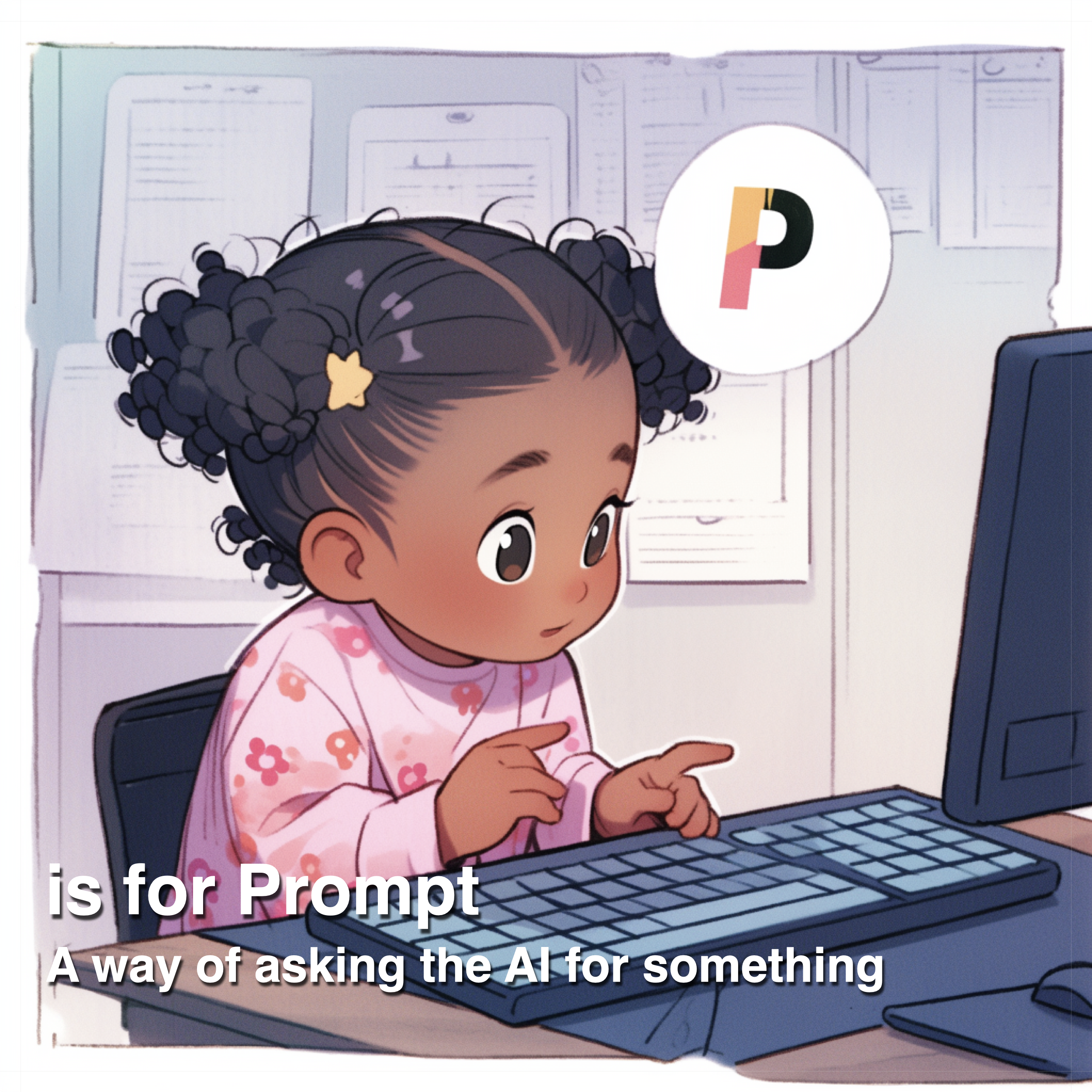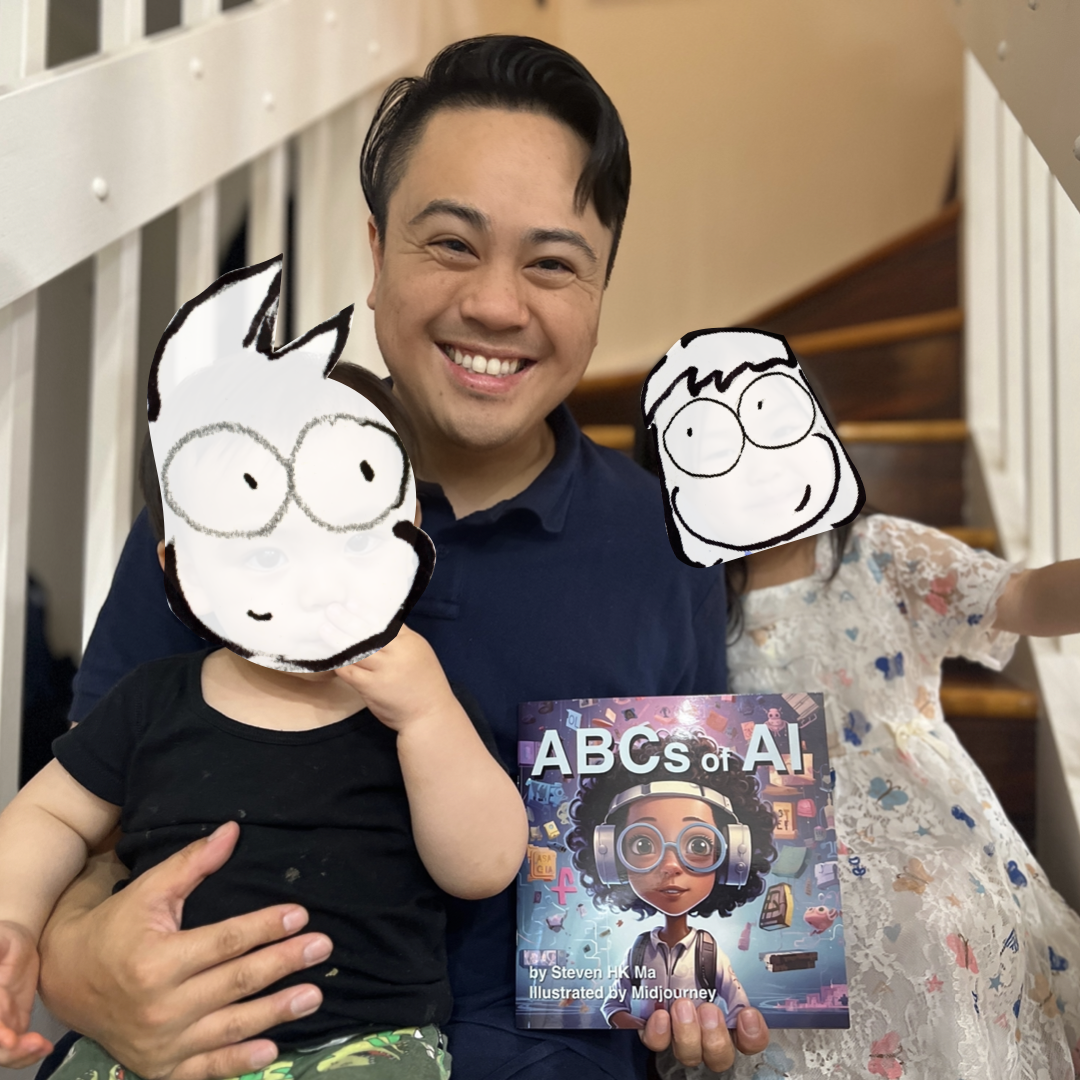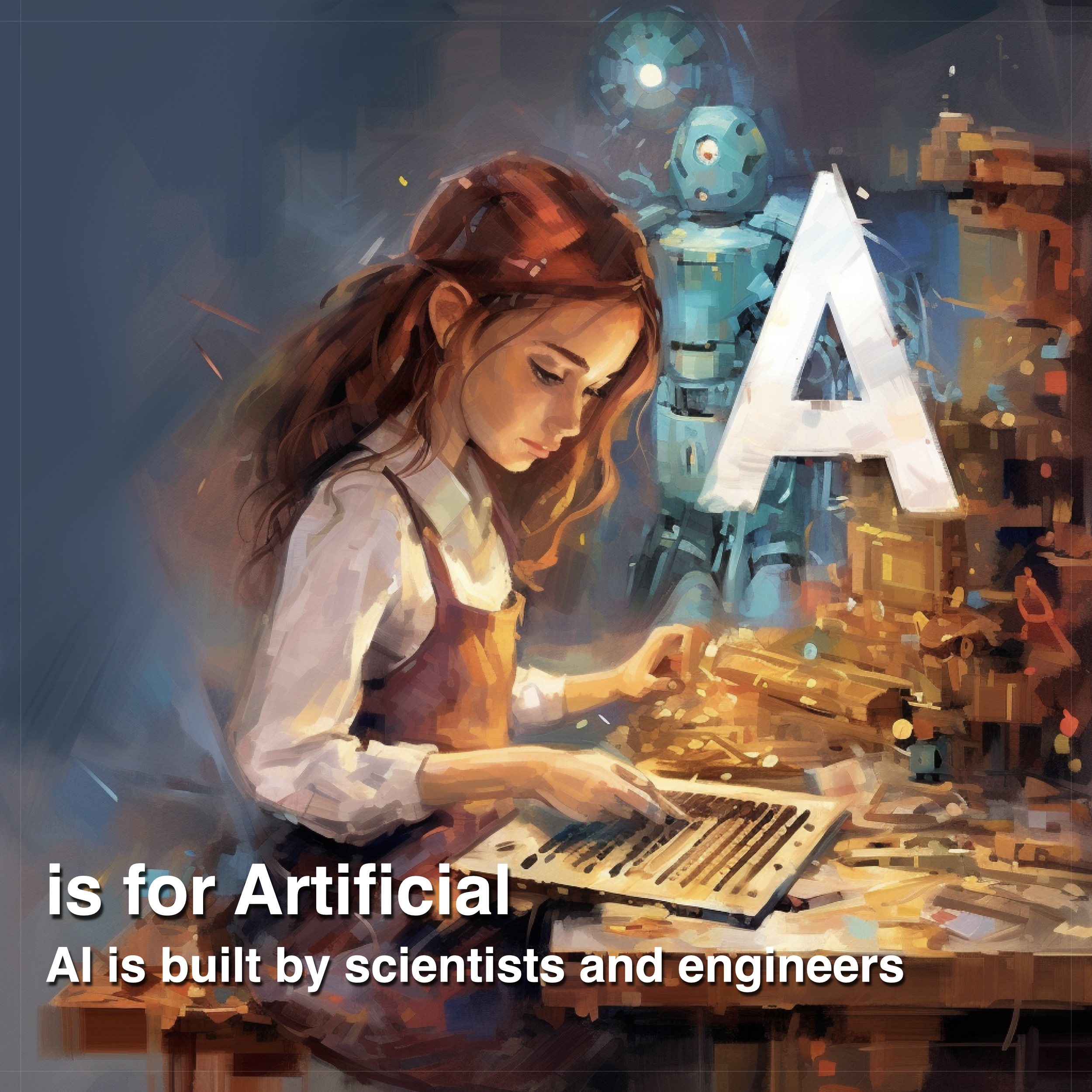School Visit – Lane Cove Montessori: As you know, our Kickstarter involves a reward tier where we visit schools. I went to Lane Cove Montessori as Scientist Steven, and we covered the following lesson plan for four-and-five year olds:
- An introduction to programming
- An introduction to AI
- An introduction to robotics
- An introduction to colours and space sciences
Programming
We used Mochi the programming robot (we’ve replaced her with Kiki) to tell a story about an intrepid explorer who visits the solar system and learns about the various planets, as well as underwater to learn about the colors of the rainbow.

Many of the children – Nikki, Lara – were able to name planets from Uranus to Mars. We used Frankie as a model to explain how the Earth orbited around the sun, and answered Tio’s question about why falling stars are not really stars. Again, Frankie served as the model, to showcase how a space rock falls to the earth (held gently by his daddy, of course).

We talked about different colours as Mochi journeyed deep underwater, and Rose and Josie were able to identify exotic colours like “yellow a little bit orange” and “indigo and sort of violet”.
We then put some effort into setting up Mochi to move around the map, guided by our programming instructions, and some of the children who have played with him before – Jade, Frankie – were able to show others how to place the programming blocks onto the control panel.

Sadly, Mochi did not seem to co-operate this time, so we did not get to see him move!
Artificial Intelligence
We had a nice conversation about the AI present in everyone’s homes – and we found out that every child had at least Siri, Alexa, Google or Amazon in their house!
Lesson Plan: AI Prompt Engineering
bing image search
- Discuss the implications of AI in the home; starting with promting students about Siri, Alexa, Google.
- Get students to use Bing Image Generator (by default, this is on safe mode for children, no violent or erotic images will be generated), and create their own prompts. For older kids, they could also craft stories using ChatGPT, or other chat apps.
- Discuss whether the same prompt would give different results each time, and the nature of large language models (what we call AI at the moment, also known as LLMs) to create non-deterministic outcomes, unlike traditional computer programming
- Demonstrate the non-determinism via using the same prompt multiple times, or giving different systems the same prompt (e.g. asking each of ChatGPT, Bard, Pi, Claude to tell you a 100 word story about dragons).
- Have the chilren refine their prompts for different, more specific outcomes.
- Have them show and tell it to each other, sharing their creations and asking further questions.
We then talked to our new friend Bing Image Generator, and created some of our own stories:
- Many of the girls shared their ideas of what they’d like to see – Rosie and Charlie in particular were inspired by Rosie’s t-shirt and wanted to see a sparkly rainbow peacock.
- Felicia and Chole went down a paleontology route; and wanted to create a rainbow stegasaurus.
- Last but not least, Nikki and Tio and the boys thought it would be cool to make a golden shark.



We discussed how interesting it would be to ask the AI to make the same image twice, and made a guess as to whether it would make exactly the same thing or something different. Here are the results.
We extended our lesson by asking for the rainbow peacock in extended formats: anime, and black and white painting, for dramatic effect.
The children gave the stuffed toy cat Kiki a big farewell to say goodbye to Scientist Steven.
Outcomes
- software/hardware fundamentals: students understood the fundamentals of programming, giving commands to a robot or software system to follow; as opposed to moving the robot with their hands
- fundamentals of programming: students were able to craft basic algorithms – forward, left turn, forward – toward a larger goal.
- introduction to astronomy: name the planets, and asteroids, understand the sun as a star, basic knowledge of orbits and meteorites
- colours: the named the colours of the rainbow via a story with mochi, and left with the idea that we can remember the colours via the acronym ROY G BIV
- AI in the home: students understood the ways how AI is already assisting them and their parents in the home
- AI for creativity: students had practice creating prompts, and specifically:
- repeating the prompts for different outcomes, and using their judgment to select a favorite
- the idea of a ‘bake off’ comparing different systems with the same prompt
- the idea of refining a prompt – asking slightly different things to craft an outcome toward our goals (in this case, cartoon or colour preferences).




